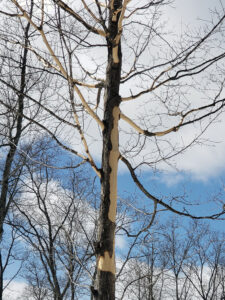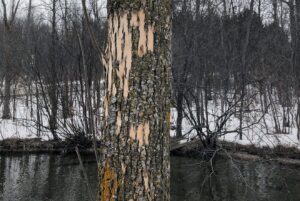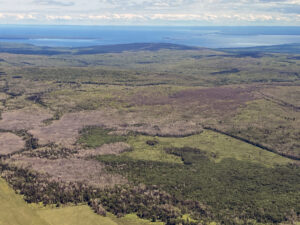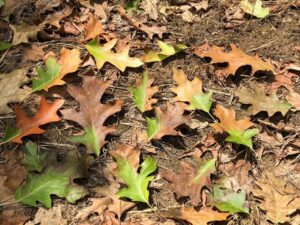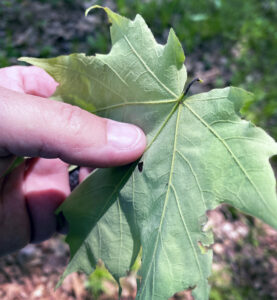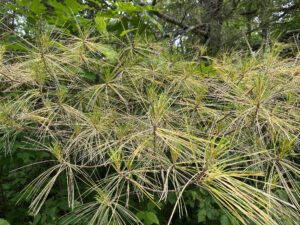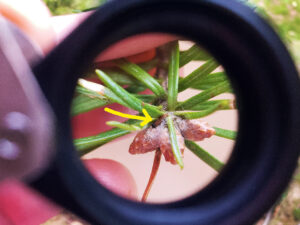By Art Kabelowsky, DNR Outreach and Communications, Fitchburg;
Arthur.Kabelowsky@wisconsin.gov or 608-335-0167
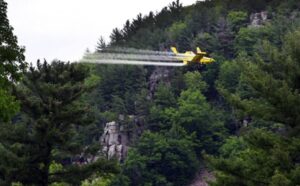
An airplane sprays insecticide on trees at Devil’s Lake State Park in Sauk County. / Photo Credit: Wisconsin DNR
The Wisconsin Department of Natural Resources (DNR) has finalized aerial spraying plans for its 2024 Spongy Moth Suppression Program, with maps for the six selected treatment areas available online.
The treatment sites contain high-value trees at six state parks or forests in Columbia, Marinette, Sauk and Walworth counties. A total of 928 acres will be treated with an aerial spray of “Foray” bacterial insecticide containing Bacillus thuringiensis var. kurstaki.

